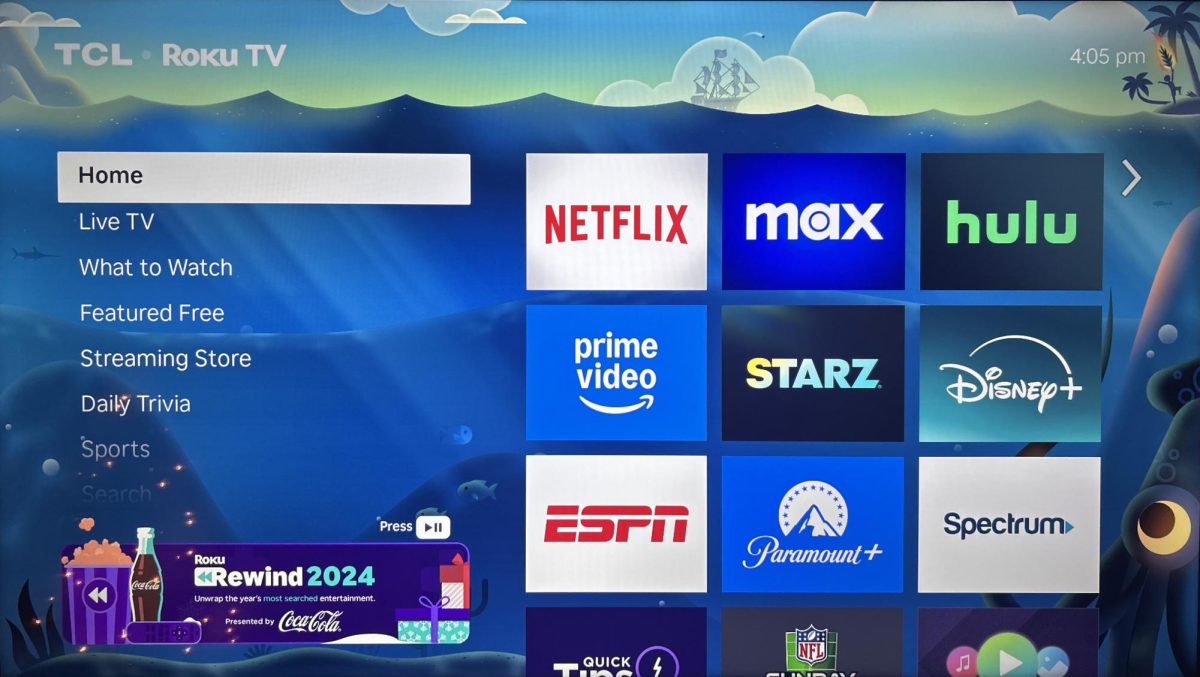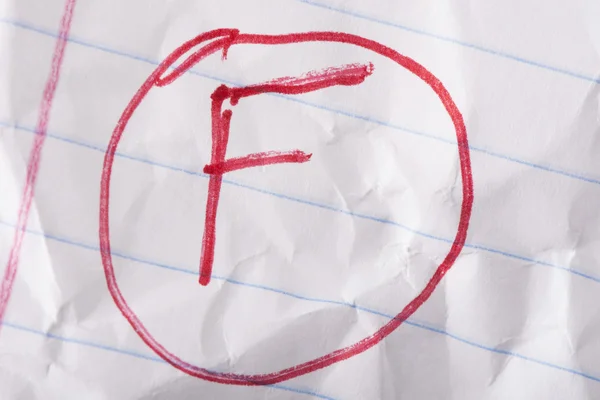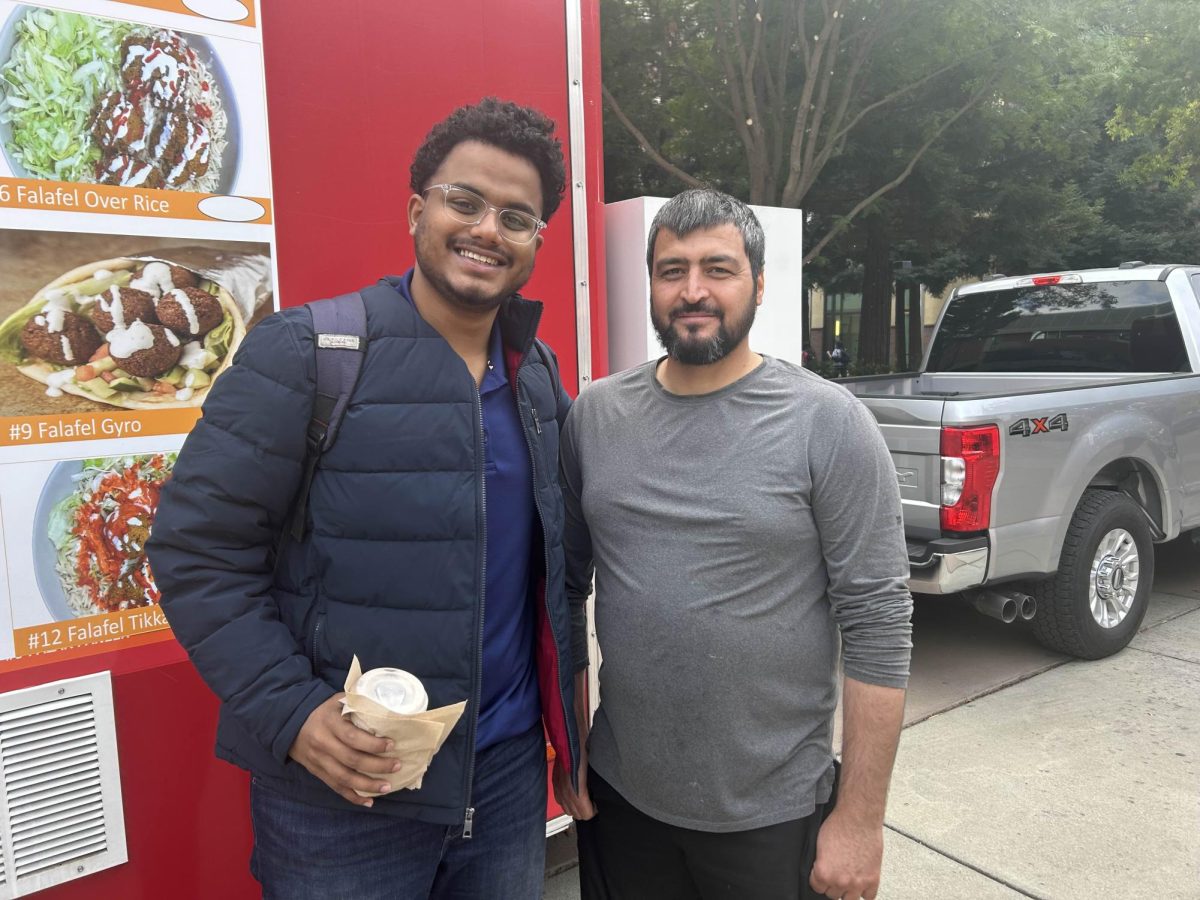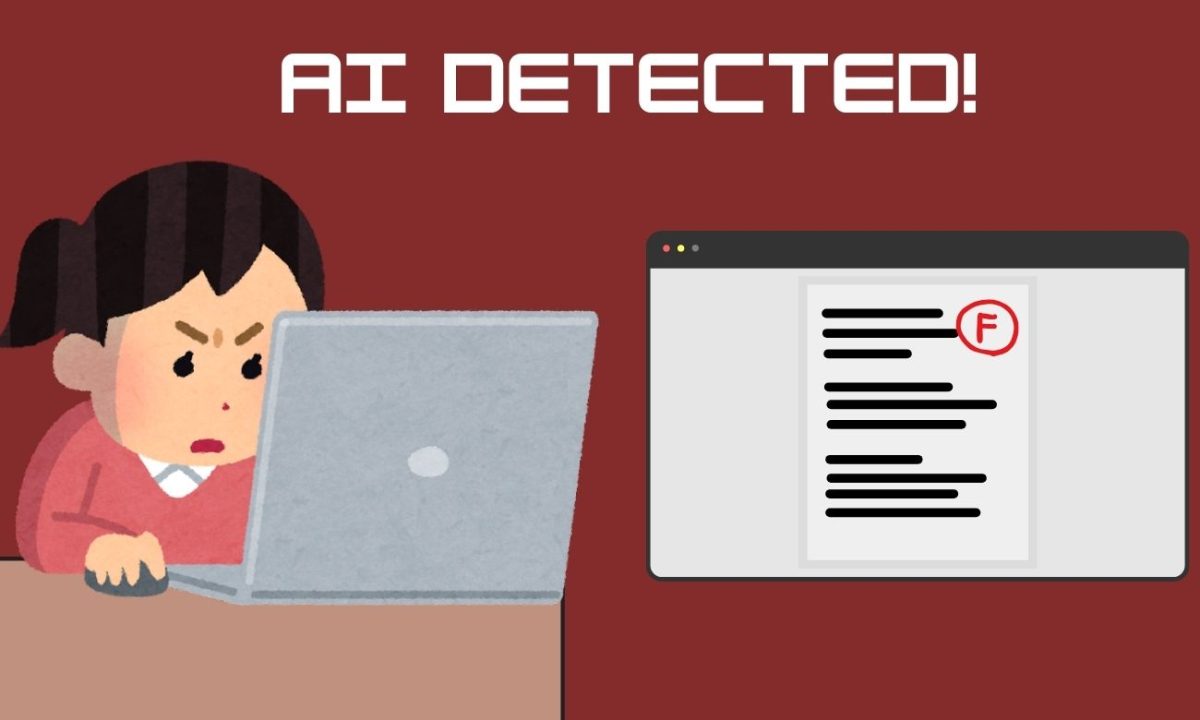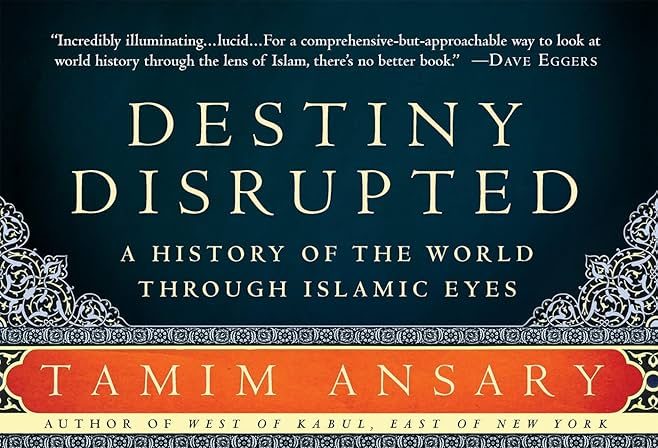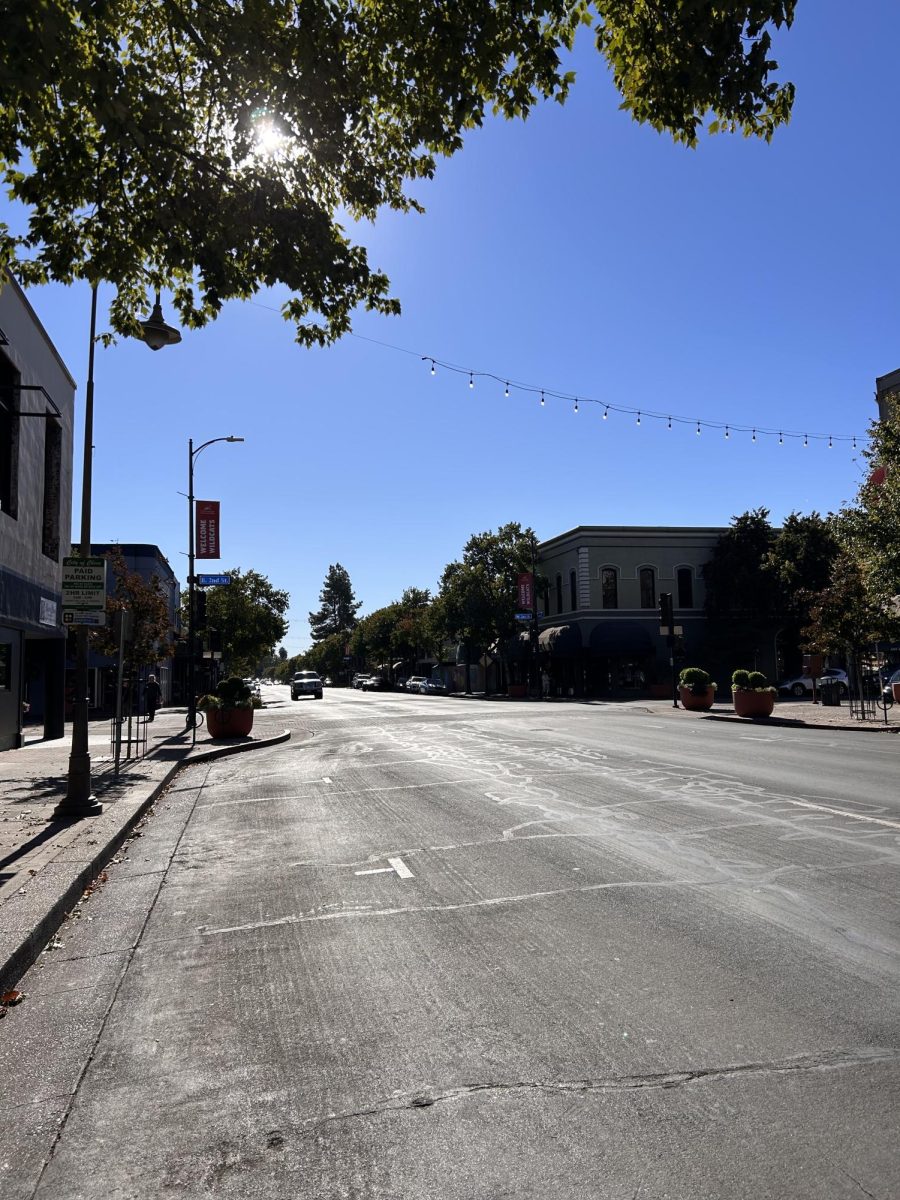
I own hundreds of dollars in stolen music.
But I didn’t just download my collection— I stole it the old fashioned way.
Starting in the fourth grade I developed a method of taking CDs from stores like Borders and Barnes & Noble without paying.
Using a metal pin to pry apart the closed teeth, I cracked apart the thick plastic security cases. Then I ran a sensitive magnet across the back of the jewel case where the extra sensors are placed.
Stuffing the safely processed cases into my beltline, under my white catholic schoolboy uniform, I walked out again and again with the thrill of getting away with something I knew I could be punished for.
It wasn’t just the excitement of being bad that kept me coming back.
I remember thinking, “What if I only like a few of the tracks on this album?”
Some CDs were $15 or more, a big investment for an unknown return.
Fast forward to 2014 and most of the people I know don’t buy CDs at all.
The web bloomed into being and changed everything.
While the internet has made ownership of music unnecessary, its structure makes it difficult for users to thwart temptation.
Many of my friends have stolen more than I could have ever hoped to in my young career as a petty thief.
An artist’s life work can be had at the click of a button.
Musicians have tried to draw attention to the fact that music is an art that deserves some financial return.
Radiohead released their album “In Rainbows” with a choose-your-own-price sliding scale.
The Wu-Tang Clan will only be releasing one copy of their newest album to be sold to the highest bidder, complete with a hand crafted silver case.
Nonetheless, these innovations probably won’t do much to change the tide of opinion that feels no shame in music piracy.
In our digital age, it’s hard to register the value of music because it’s so easy to steal.
But I don’t need to be a thief to enjoy free music. Been there. Done that.
Spotify, Pandora and SoundCloud stream a fresh flow of content at the expense of an advertisement between songs every once in a while.
Local community radio also offers a wide range of programming to dig into new music.
Now I buy CDs because each one is an artifact.
The album art is a visual set up for the mood of audio that comes with it, tying me to a time and place for the first play through of a new album.
Kevin Crittenden can be reached at [email protected] or @kevlodius on Twitter.



